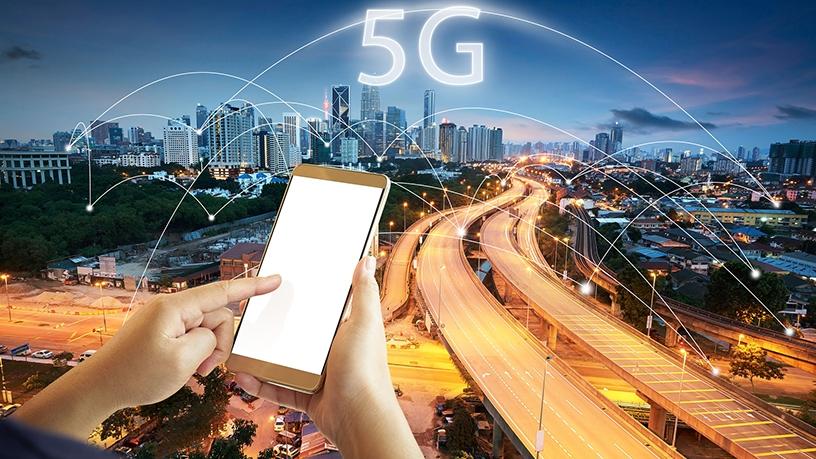
The deployment of 5G networks, which could be as much as 10 times more efficient than 4G networks, has the potential to improve the safety of self-driving cars, according to Gartner.
With this new level of network capability, communications service providers can secure future market opportunities with manufacturers of autonomous vehicles in the fields of driver safety and data processing and management, it says.
Globally, major 5G deployments are expected from 2020. Ericsson forecasts over 1 billion 5G subscriptions for enhanced mobile broadband by the end of 2023, accounting for around 12% of all mobile subscriptions, it says.
Autonomous vehicles systems and sensors will generate unprecedented amounts of data, says Gartner. This will allow automotive original equipment manufacturers to extract valuable data insights while limiting the associated provisioning costs, it notes.
"Communications service providers have an opportunity to become strategic partners for original equipment manufacturers by applying 5G capabilities to address autonomous vehicle original equipment manufacturer data growth," says Jonathan Davenport, senior research analyst at Gartner.
By 2025, autonomous vehicles will upload over 1 terabyte of vehicle and sensor data per month to the cloud. This is up from 30 gigabytes from advanced connected cars in 2018, observes Gartner.
"To seize the opportunity, communications service providers need to make sure 5G is included in the design of future vehicles, in the fields of safety and connectivity, where the biggest chances lie.
"5G will also provide passengers of autonomous vehicles with high-quality infotainment services. As a result, 5G networks make communications service providers an important partner for enhanced vehicle systems, be it for safety, data analytics or entertainment."
Further opportunities for 5G technology to expand and enhance autonomous vehicle safety systems exist, says Gartner, adding this is fostered by regulators' examination of the safety performance of autonomous vehicles.
Recent incidents involving autonomous vehicles have sparked negative press and underscored the importance of public safety in self-driving cars, it says. These events have also highlighted the challenges facing the industry to develop autonomous driving systems that can guarantee a safety performance above that of human drivers, notes Gartner.
The safe execution of human-led remote control of autonomous vehicles would require the reliability and low latency that 5G networks could provide, it says. Once initiated, the technology would allow human technicians in remote facilities to assess live video feeds and vehicle diagnostics from the autonomous vehicles, and take over driving control virtually, continues Gartner.
Counterpoint expects 5G connectivity in cars to kick-in from 2020 onwards, however, the overall penetration is likely to remain low till 2022.
The progress on the levels of autonomous technology in a car will also dictate the usage of 4G or 5G technology embedded in the cars beyond 2022, when 5G coverage rollout becomes ubiquitous, it adds.
Further, 5G new radio mode rollout which promises lower latencies will be critical for driving an inflection point in commercialisation of autonomous cars later in the next decade, it says.
Autonomous vehicles are an exciting collection of transportation use cases that will benefit from the low latency and high speed of future 5G networks, says IDC.
It will take the auto industry, its ecosystem, and communications service providers at least five to 10 years to develop and optimise the automated data analysis of real-time telemetric and video imaging data, it notes.
"Nevertheless, the changes coming to the industry will be transformational, and we expect the leading communications service providers in Asia/Pacific to take the lead in developing the necessary 5G coverage, says IDC.
Share